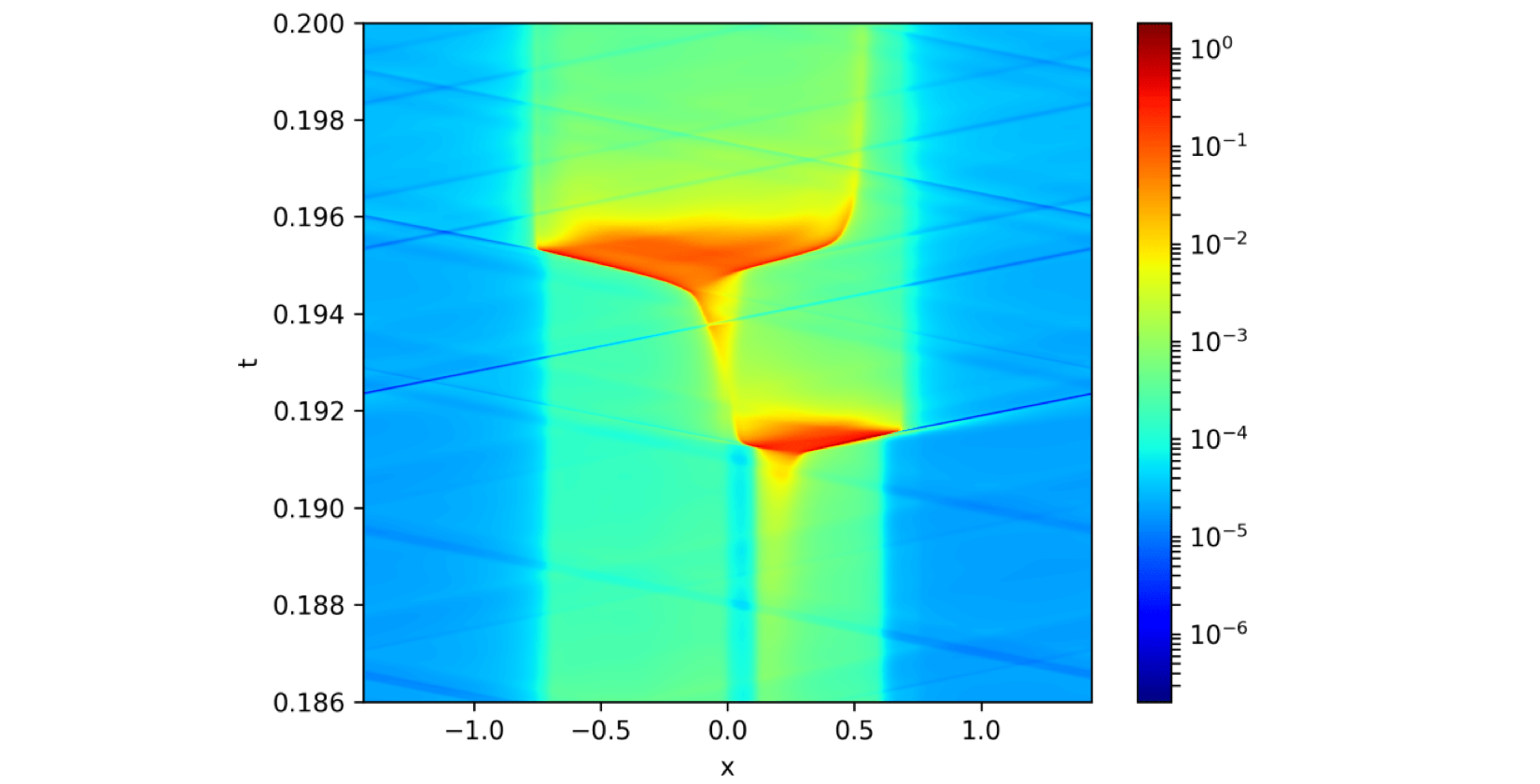Earthquake Mechanics
Earthquakes are cracks propagating through tectonic plates releasing stored energy and generating seismic waves that can be felt over large distances. The destructive potential of an earthquake is directly influenced by the speed and extent of the crack propagation. Whether an earthquake is fast or large depends on various factors, including the level and distribution of stresses in the tectonic plates, and the amount of energy the fault dissipates during the crack propagation. However, these factors are difficult to determine due to the complexity and heterogeneity of the Earth’s crust, impeding our ability to accurately predict earthquake hazards.

In our work, we aim to establish a fundamental understanding of earthquake source mechanics. We develop cutting-edge numerical models to describe the earthquake nucleation, propagation, and arrest processes. We combine our simulation results with theoretical fracture mechanics approaches to determine the principles governing earthquake mechanics. We also investigate how information gained from small and large-scale laboratory experiments can be applied to analyze natural earthquakes. Ultimately, our research will enable us to build more realistic models of earthquakes and to establish the fundamental knowledge necessary to develop predictive tools.